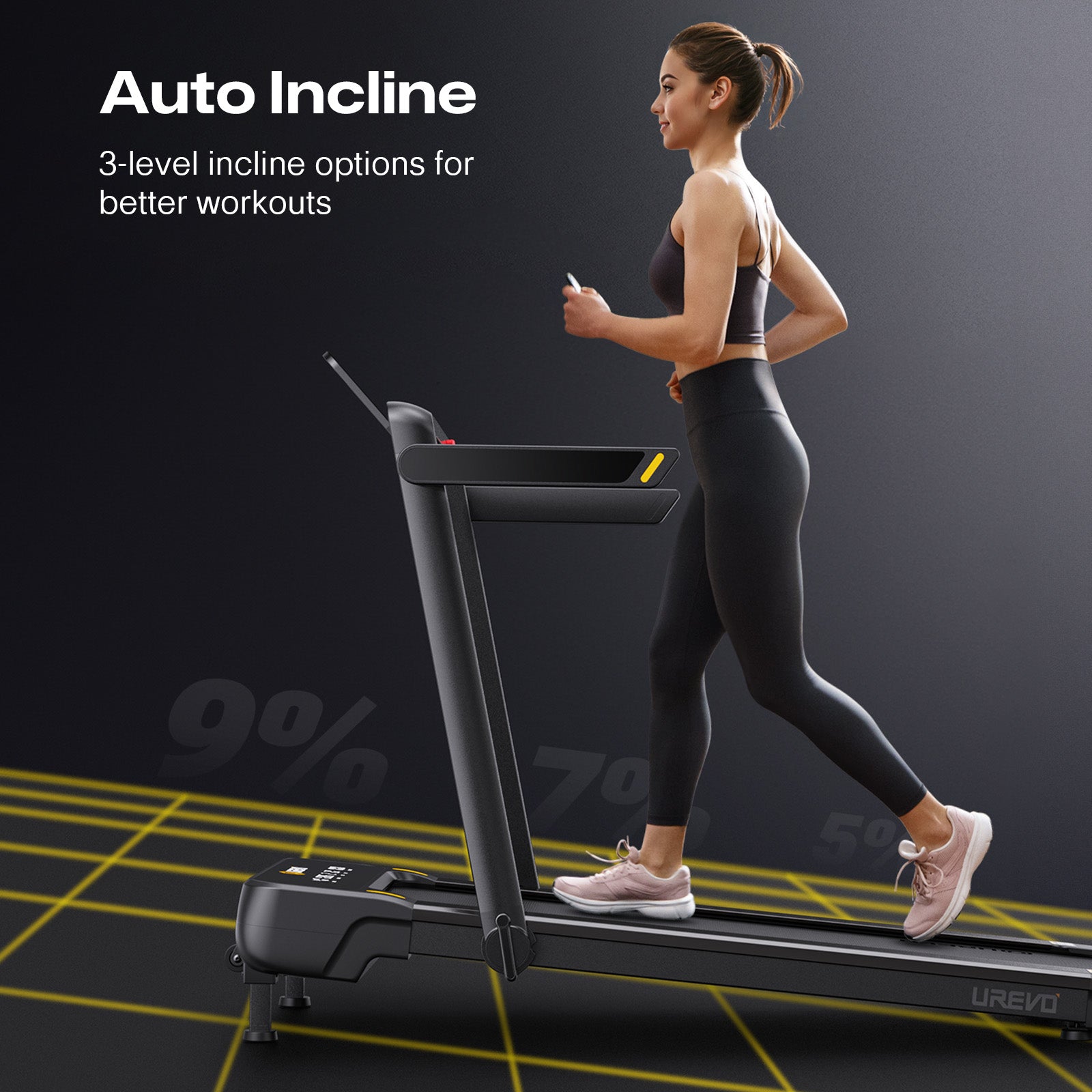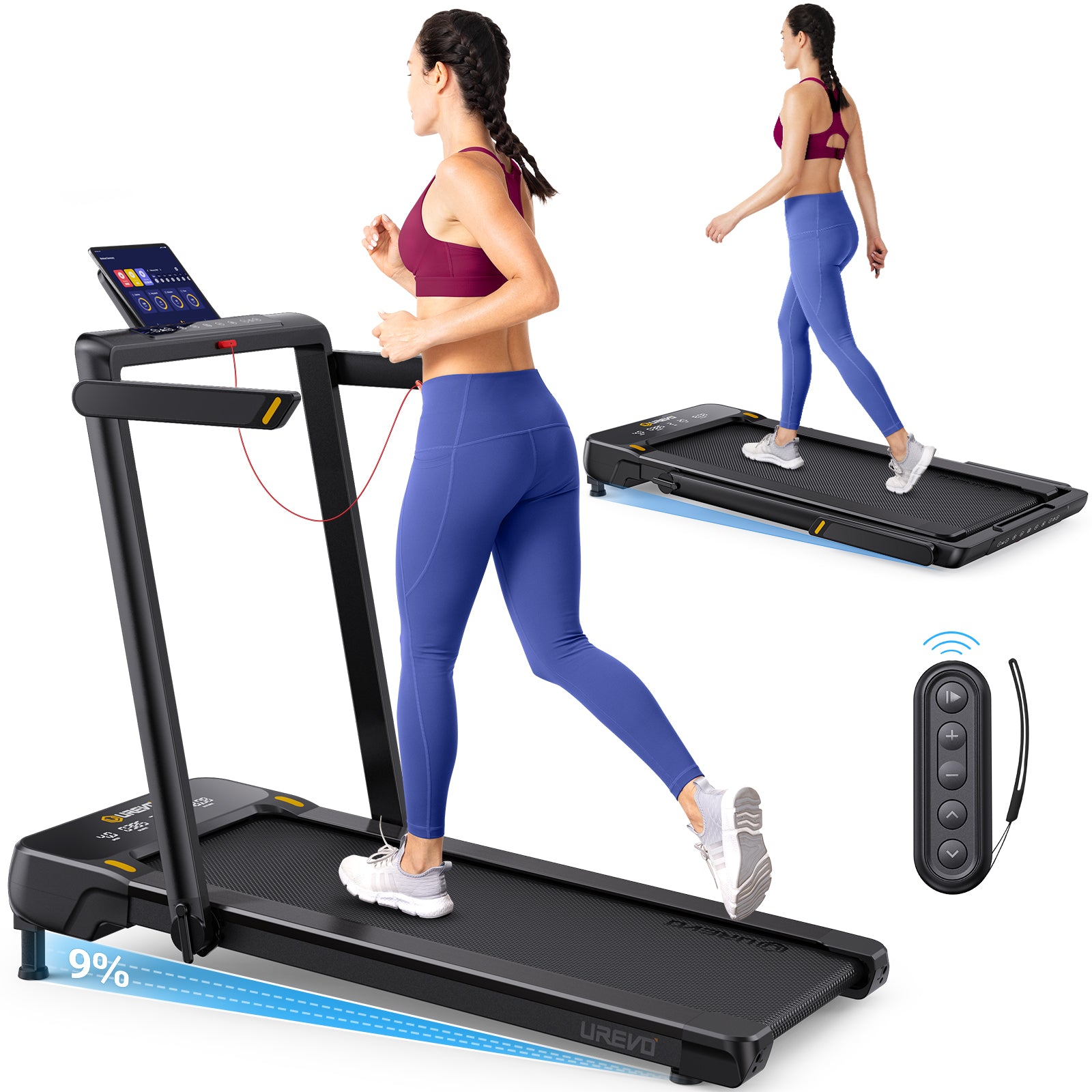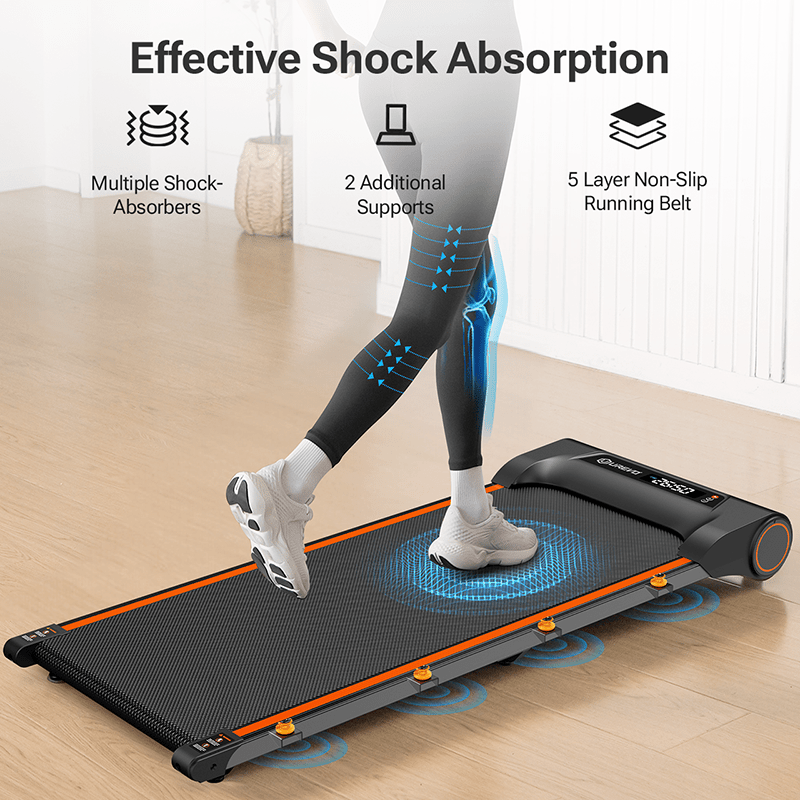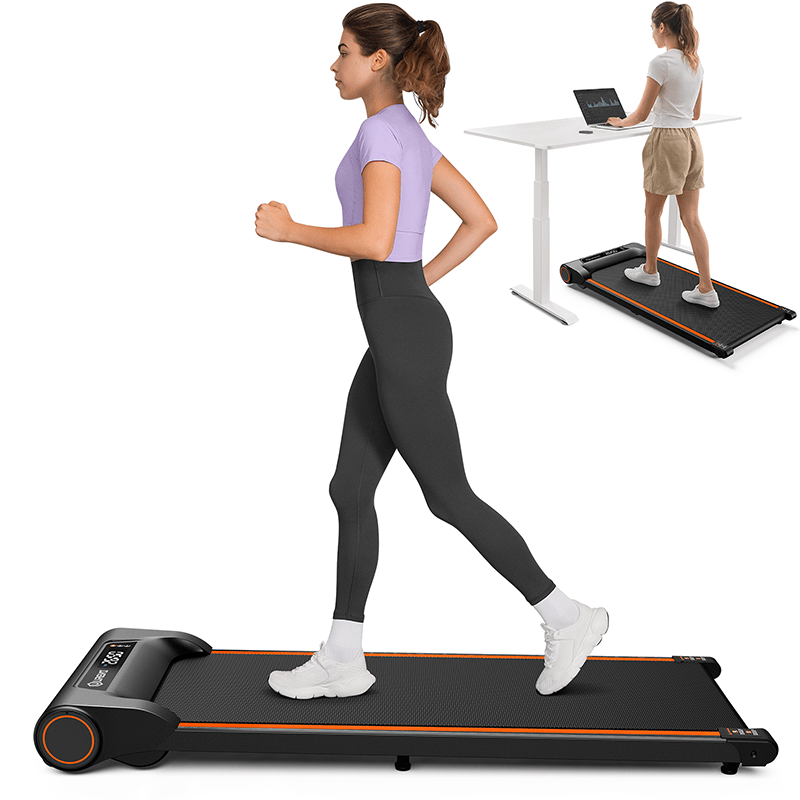Choosing the right exercise equipment can be a pivotal decision for your fitness journey. Whether you're outfitting a home gym or deciding which machine to use at the gym, the treadmill and the rowing machine stand out as popular options. Each offers unique benefits and could be the key to achieving your health and fitness goals. This article will explore the essentials of treadmills and rowing machines, compare their effectiveness in various aspects of fitness, and guide you in making an informed choice based on your personal fitness needs.
Rowing Machine vs. Treadmills: Basics
A treadmill is primarily a running device, allowing you to walk, jog, or sprint in place, adjusting speed and incline to vary intensity. It's straightforward and mimics natural walking or running movements, making it a go-to for many fitness enthusiasts.
A rowing machine offers a comprehensive workout that combines cardiovascular and strength training elements. It simulates the action of rowing a boat, engaging multiple muscle groups. This machine requires a coordinated effort from your legs, core, and arms, which can be more complex to master but highly effective once you do.

Rowing Machine vs. Treadmills: Level of Difficulty
For those new to exercise, treadmills often appear more straightforward and less daunting. They provide a user-friendly platform where one can start with a gentle walk and incrementally boost the pace to a brisk walk or vigorous run as confidence grows. Additionally, the incline can be adjusted to simulate uphill walking or running, which introduces a manageable level of difficulty while still being approachable. Most treadmills feature intuitive controls and safety features such as emergency stop buttons, making them accessible even for those with minimal exercise experience.
On the other hand, rowing machines require a bit more skill to use effectively. Proper form is crucial to avoid common pitfalls such as lower back strain. The motion involves a coordinated effort where the legs push, the torso hinges back, and the arms pull, all in a smooth, continuous movement. This sequence can be challenging to master, and improper technique can lead to inefficient workouts or potential injury. Therefore, beginners may need several sessions under guidance to get comfortable with the mechanics and develop the rhythm that rowing demands.
Rowing Machine vs. Treadmills: Muscle Building
Both treadmills and rowing machines serve as formidable tools for enhancing physical fitness, but they differ significantly in their approach to muscle conditioning. Treadmills are primarily beneficial for aerobic workouts and target the lower body. The muscles in the legs, including the calves, hamstrings, quadriceps, and glutes, receive a substantial workout as they propel the body forward. Regular use of a treadmill for running or inclined walking also helps strengthen these muscles, though it predominantly emphasizes endurance over muscle bulk.
Rowing machines, in contrast, provide a more comprehensive workout that encompasses not only aerobic conditioning but also strength training. The act of rowing engages major muscle groups across the body. Initially, the legs power the motion, activating the quadriceps and glutes. As the rowing stroke continues, the back muscles, including the latissimus dorsi and rhomboids, come into play, followed by the shoulders and arms as the row is completed. This full-body engagement not only builds muscle evenly but also enhances joint health and flexibility. Regular rowing can lead to significant gains in both muscle strength and cardiovascular endurance, presenting a balanced fitness solution.
Rowing Machine vs. Treadmills: Weight Loss
Both treadmills and rowing machines are potent tools for those aiming to reduce body weight, with their calorie-burning potential varying according to the intensity and duration of the workouts. Treadmills are particularly effective for aerobic exercises; they allow users to burn calories efficiently by walking, jogging, or running. For instance, running at high speeds or with a significant incline can elevate calorie expenditure dramatically. A person weighing around 155 pounds can burn approximately 300-400 calories in 30 minutes by running at a moderate pace on a treadmill.
In contrast, rowing machines often exceed treadmills in terms of total calorie burn due to their requirement for a more extensive full-body workout. The dynamic action of rowing uses virtually every major muscle group in the body-not just the legs but also the back, arms, and core. This comprehensive muscle engagement demands significant energy expenditure, making rowing exceptionally efficient for calorie burning and weight loss. For example, the same individual could burn potentially 400-500 calories in a 30-minute session, depending on the intensity of the rowing.

Rowing Machine vs. Treadmills: Cardiovascular Benefits
Both devices are excellent for cardiovascular conditioning, albeit through slightly different mechanisms. Treadmills primarily boost cardiovascular health by encouraging sustained elevated heart rates through extended periods of walking or running. This type of steady-state cardio is invaluable for building endurance and stamina, helping to improve heart function and efficiency over time. Regular treadmill use can significantly increase aerobic capacity, making it easier to perform daily activities and decrease heart disease risks.
Rowing machines offer robust cardiovascular benefits that stem from their unique combination of resistance and aerobic training. The active pulling and pushing against resistance not only build muscle but also require the heart to pump more vigorously to supply oxygen to those working muscles. This dual demand results in a substantial cardiovascular workout, elevating the heart rate continuously throughout the exercise. Moreover, because rowing incorporates both push and pull motions, it enhances vascular flexibility and heart muscle strength, potentially more comprehensively than treadmill workouts.
Treadmills vs. Rowing Machines: Impact on Joints
Treadmills, particularly when used for running, involve a high-impact activity where each step causes a shock that travels up the legs, potentially affecting the knees, hips, and lower back. This repetitive impact can aggravate existing joint conditions or lead to new ones, especially for those prone to joint issues or recovering from injuries. Although modern treadmills often incorporate shock absorption technologies that can mitigate some of this impact, they do not eliminate it entirely.
In contrast, rowing machines provide a low-impact workout that significantly reduces the risk of joint strain. The seated position on a rowing machine ensures that the body weight is distributed in a manner that minimizes stress on the lower body joints. The smooth, continuous rowing motion allows for a fluid movement that avoids the jarring impacts associated with running. This makes rowing machines particularly beneficial for those with joint concerns or for individuals seeking a high-intensity workout without the high impact.
Treadmills vs. Rowing Machines: Cost
Entry-level treadmills are generally affordable and suitable for walking or light jogging. However, those who require a machine for intense running or specialized training might consider more advanced models, which can be quite costly due to features like advanced shock absorption, programmable workouts, and digital connectivity.
Rowing machines, on the other hand, range from simple, manually operated models to sophisticated machines with adjustable resistance levels, performance monitors, and the ability to connect to fitness apps. High-end rowing machines typically offer a durable build and additional features that enhance the rowing experience but can also command a higher price. The choice between a basic or advanced model should be influenced by the user's fitness goals and the desired features.
Treadmills vs. Rowing Machines: Storage and Space

Space efficiency is vital, especially for home gyms. Treadmills have a larger footprint and can dominate a room. Although many are designed to fold up, they still require substantial space both for use and storage. This can be a significant drawback for those with limited room.
Rowing machines are usually more space-efficient. Many models are designed to be folded vertically, greatly reducing their footprint when not in use. This makes rowing machines an excellent choice for smaller spaces or for those who prefer equipment that can be easily stored away. The ability to quickly stow away a rowing machine after a workout is highly valued by those living in apartments or homes with limited free space.
Treadmills vs. Rowing Machines: How to Choose
When choosing between a treadmill and a rowing machine, consider the following factors to ensure the best fit for your fitness routine:
Fitness Goals
Both treadmills and rowing machines are great for boosting cardiovascular health and aiding in weight loss. Treadmills are particularly effective for those looking to improve their running endurance or who prefer walking and running as primary forms of exercise. On the other hand, rowing machines are excellent for those aiming for full-body strength and muscle toning, engaging various muscle groups simultaneously.
Physical Condition
For individuals with joint concerns or those who prefer a lower-impact exercise, rowing machines are typically recommended. However, modern treadmills are often equipped with advanced cushioning systems that significantly reduce the impact on joints compared to outdoor running surfaces, making them a viable option for many.
Space and Budget
Treadmills vary in size, and many models are designed with foldable features to save space, making them suitable for home use even in limited areas. If budget is a concern, basic treadmills are generally more affordable than high-end rowing machines and offer a straightforward, effective workout.
Conclusion
Both machines have their advantages, and your choice should depend on your specific health goals and personal preferences. If you enjoy running or walking and are looking for a familiar, effective workout with potentially less initial complexity, a treadmill might be the better choice. However, if you're focused on all-around fitness and muscle conditioning, consider a rowing machine. Evaluate your space, budget, and fitness goals carefully to make the best decision.

























